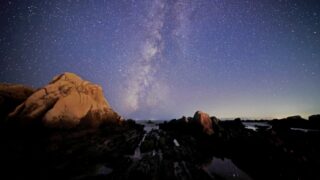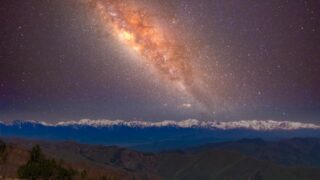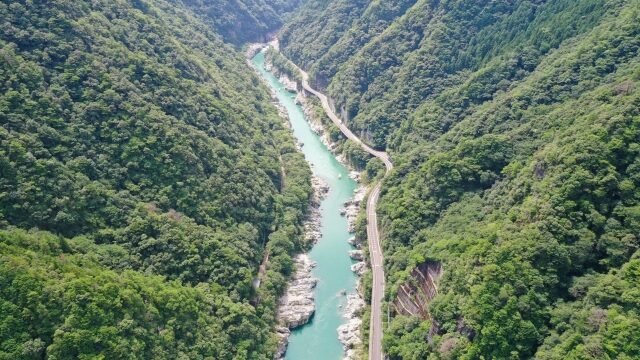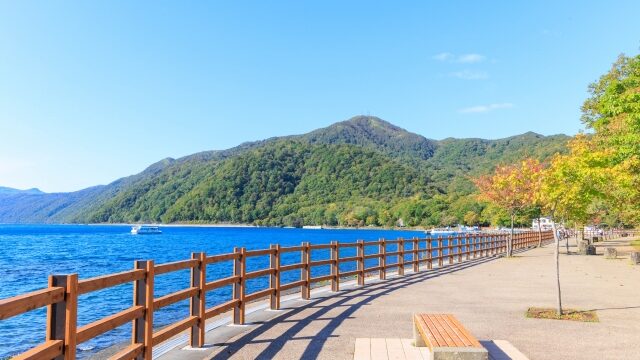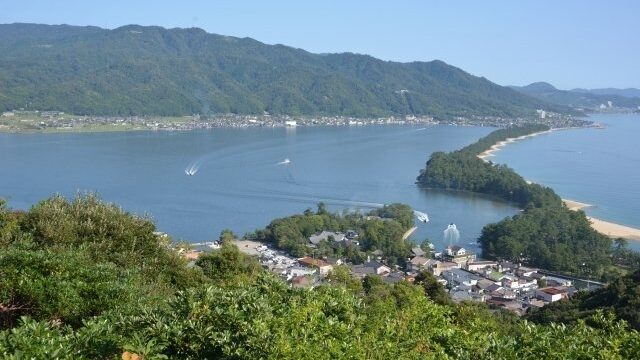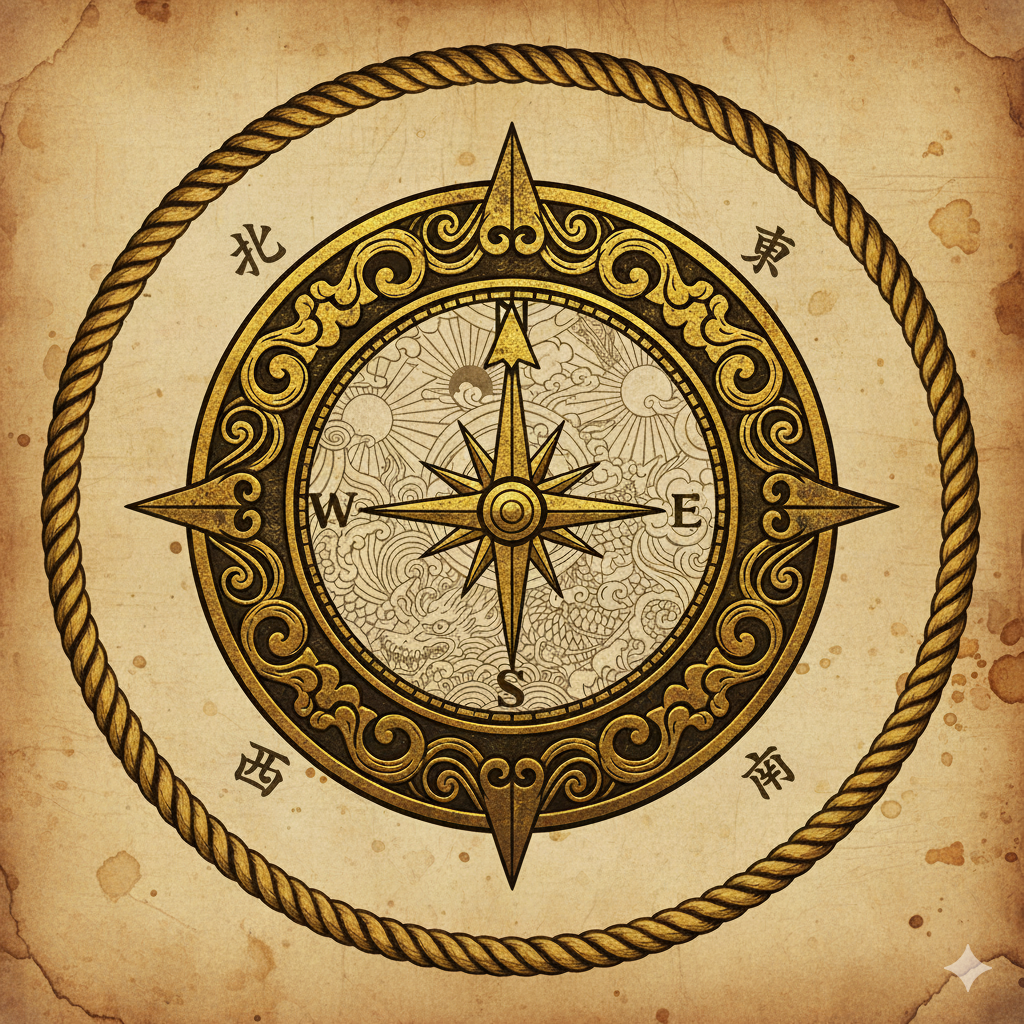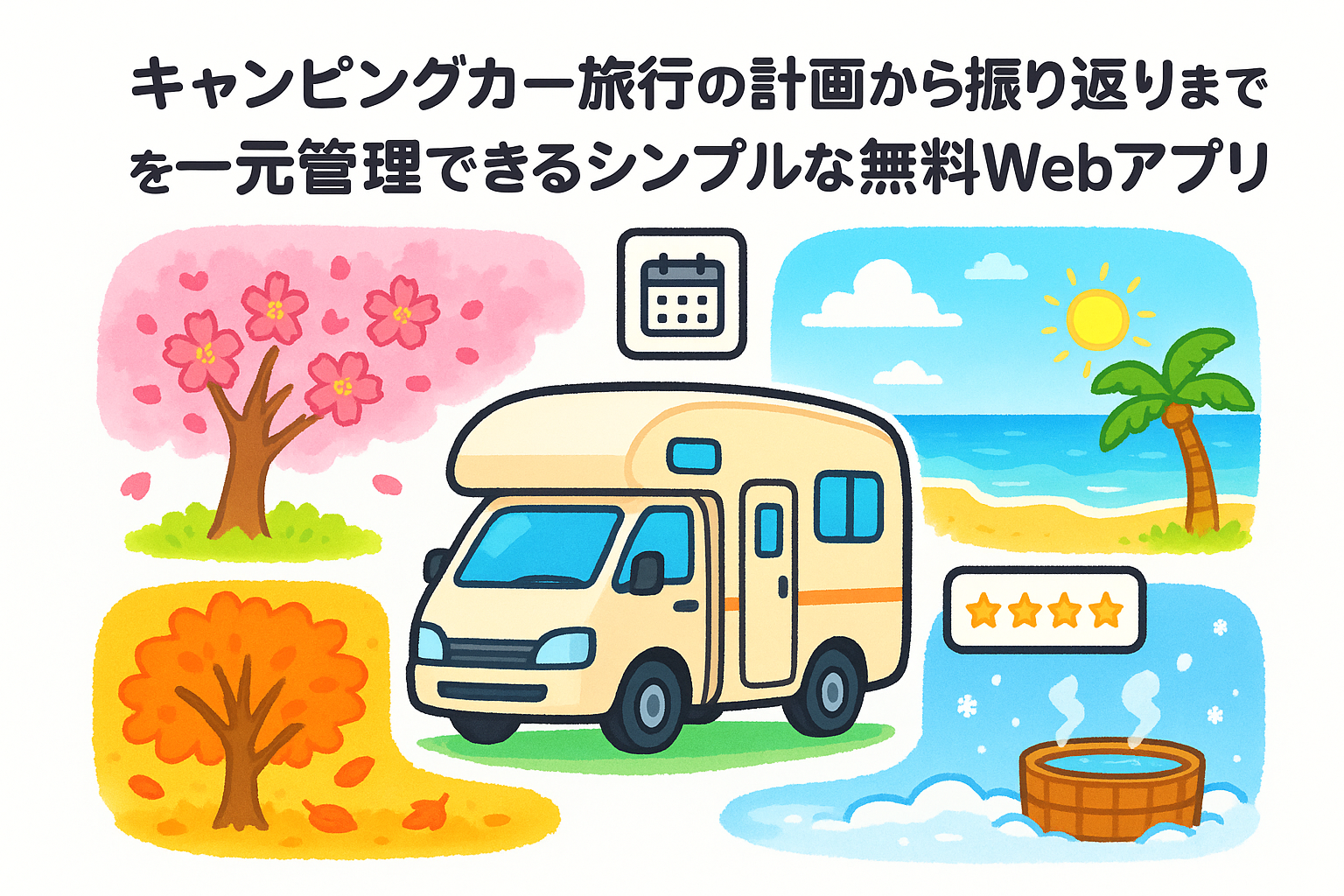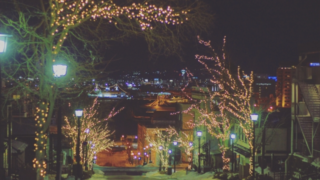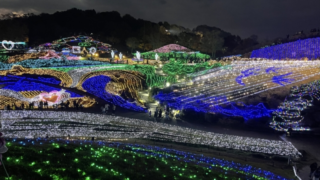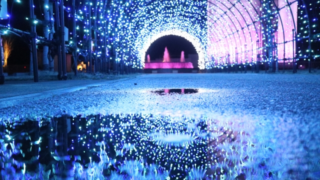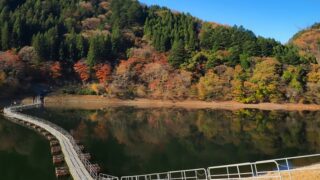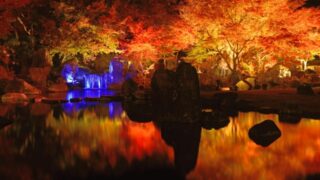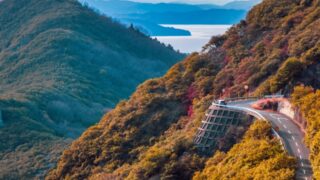Kanagawa, Shizuoka, Yamanashi, Nagano, and Niigata: Planetary Alignments and Best Observation Spots
Planning Your 2026 Stargazing Trip in Nagano, Yamanashi, Niigata, Kanagawa, and Shizuoka: Chasing Three Planetary Alignments and Meteor Showers by Camping Car!
A complete guide to enjoying 2026’s astronomical events under optimal conditions with your camping car as a mobile observation base. Leverage altitude and darkness to capture the ultimate starry skies.
1. Why Camping Cars Are Perfect for Stargazing
The Koshinetsu area features high altitudes and some of Japan’s darkest skies. However, mountain access can be challenging, and winters are severely cold. With a camping car as your “mobile observation base,” you can overcome these challenges and secure the best starry views.
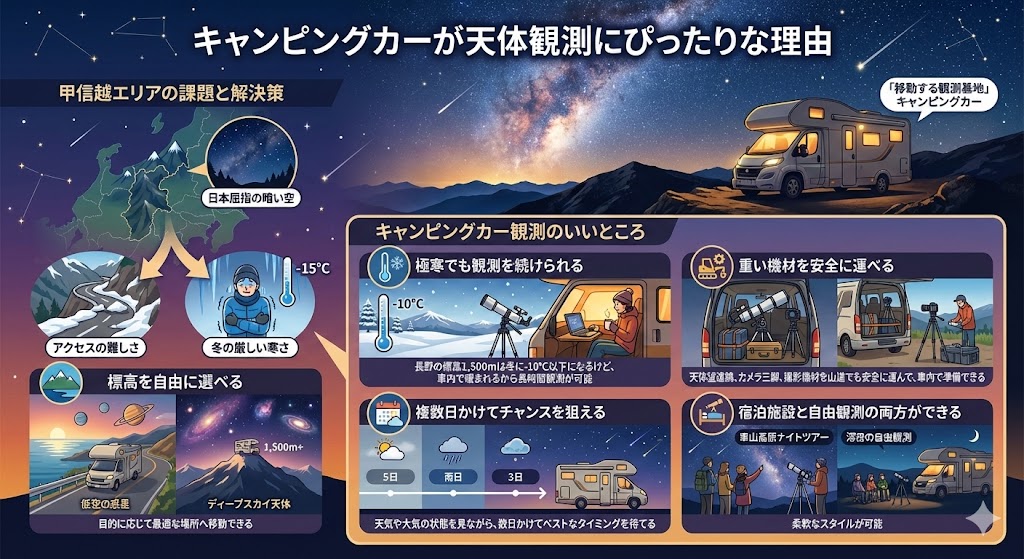
Advantages of Camping Car Observation
- Flexible altitude selection: Head to coastal areas for low-altitude planets, or climb to 1,500m highlands for deep-sky objects. Move to the optimal location based on your target
- Extended observation in extreme cold: Even when Nagano’s 1,500m altitude drops below -10°C in winter, you can warm up inside the vehicle and continue long observation sessions
- Safe transport of heavy equipment: Safely transport telescopes, camera tripods, and photography gear on mountain roads, with the ability to set up equipment inside the vehicle
- Multi-day opportunity hunting: Wait for the perfect timing over several days while monitoring weather and atmospheric conditions
- Combined facility and independent observation: Participate in night tours at Kurumayama Highland, then conduct your own deep-night observations
Koshinetsu Area Characteristics and Route Planning
Recommended observation spots fall into three main categories:
High Altitude Route (Nagano Prefecture): At 1,000m-1,500m elevation, offering Japan’s top-class darkness. Optimal for deep-sky objects (nebulae and galaxies) and high-magnification planetary observation. Camping cars enable you to climb mountain roads and access ultimate darkness.
Mid-Altitude Route (Yamanashi Prefecture): Around 1,000m elevation, offering balanced darkness without Nagano’s extremes. More accessible with relatively safe winter observation conditions.
Coastal Route (Kanagawa and Shizuoka Prefectures): Advantages for low-altitude planetary alignments and summer Milky Way center observation. Eastern and southern skies open to the Pacific, providing excellent horizon visibility.
Nagano’s darkness is overwhelming, but winter access and cold are challenging. Kanagawa and Shizuoka coastal areas have lower elevations but strategic value for directional visibility.
2. Featured Astronomical Events of 2026: Annual Observation Calendar
2026 is a special year with three “planetary alignments.” Each alignment requires different optimal observation locations, making camping car mobility essential.
2.1. Three Planetary Alignments: Location Selection Makes the Difference
🌍 2026 Planetary Alignment Observation Guide 🚐
Planetary Alignment I (Early August)
- Visible planets: Mercury, Mars, Uranus, Saturn, Neptune
- Observation point: Appears near the eastern horizon
- Best spot: Jogashima Island, Kanagawa Prefecture
- Reason: Eastern side opens to the ocean, unobstructed by city lights
- How to use your camping car: Arrive at a roadside station near Jogashima the evening before. After pre-dawn observation, enjoy breakfast and nap in the vehicle, then proceed to Miura Peninsula sightseeing
Planetary Alignment II (Late September)
- Visible planets: Jupiter, Mars, Uranus, Saturn, Neptune
- Observation point: Appears at relatively high elevation (locations with minimal atmospheric turbulence are advantageous)
- Best spot: Kurumayama Highland, Nagano Prefecture
- Reason: Clear atmosphere at 1,500m elevation provides the sharpest planetary views
- How to use your camping car: Combine with hotel parking and night tours at Kurumayama Highland, conducting your own late-night observations
Planetary Alignment III (Late November)
- Visible planets: Mercury, Venus, Mars, Jupiter, Uranus
- Observation point: Appears near the western horizon
- Best spot: Mt. Fuji area highlands, Yamanashi Prefecture (around 1,100m elevation)
- Reason: Easy access with high safety for winter observation
- How to use your camping car: Focus on post-sunset observation. Sleep in the vehicle after observing, then head to Fuji Five Lakes sightseeing or hot springs the next morning
2.2. Meteor Showers: Perfect Conditions for the New Moon Perseids
🌠 Perseid Meteor Shower (Peak August 13): Perfect New Moon Conditions
The August 2026 Perseid meteor shower occurs during a new moon (lunar day 0), meaning zero moonlight interference—optimal conditions that occur only once every few years.
Camping car advantages:
- Comfortably observe two consecutive nights: late August 12 through morning August 13, and late August 13 through morning August 14
- Choose between Nagano’s ultimate darkness or Kanagawa/Shizuoka’s open skies based on weather
- Transport heavy photography equipment and use the vehicle interior as a darkroom
This new moon period is also perfect for photographing the summer Milky Way center (Sagittarius region). Shooting from Nagano’s 1,500m elevation can yield top-class Milky Way photographs in Japan.
Geminid Meteor Shower (Peak December 14)
Peak occurs around 8 PM, making observation easy, though lunar day 15 means bright moonlight. Still enjoyable due to high meteor counts.
Enjoying with your camping car:
- Arrive at a roadside station or hot spring facility near the observation site in the evening
- Begin observation after dinner and bathing
- Conduct serious observation after midnight when the moon sets
- Sleep in the vehicle after observing, head to nearby sightseeing the next morning
Quadrantid Meteor Shower (Peak January 4)
Peak occurs around 1 AM with a high ZHR of 80. However, the peak is brief and occurs in midwinter.
Essential camping car equipment:
- FF heater or electric heating (capable of -10°C or below)
- Well-insulated vehicle
- Cold-weather gear, warm beverages
- Cold-weather specification battery
2.3. Comets and Other Highlights (2026 Forecast)
2026 comet forecasts can be checked in astronomy almanacs and astro guides. Comets require extremely dark locations to observe faint tails, making low-light-pollution areas like Kaidakogen in Nagano Prefecture (★★★★☆ rating) optimal.
Additionally, ISS (International Space Station) passes vary greatly by observation location. Checking event information provided by local facilities like Gekko Observatory ensures reliable observation opportunities.
3. Regional Observation Spot Details: Touring Five Prefectures by Camping Car
3.1. Nagano Prefecture: Japan’s Highest-Level Darkness
Nagano Prefecture’s high altitude and dry climate provide the best observation conditions on Honshu.
⭐ Kurumayama Highland (Chino City)
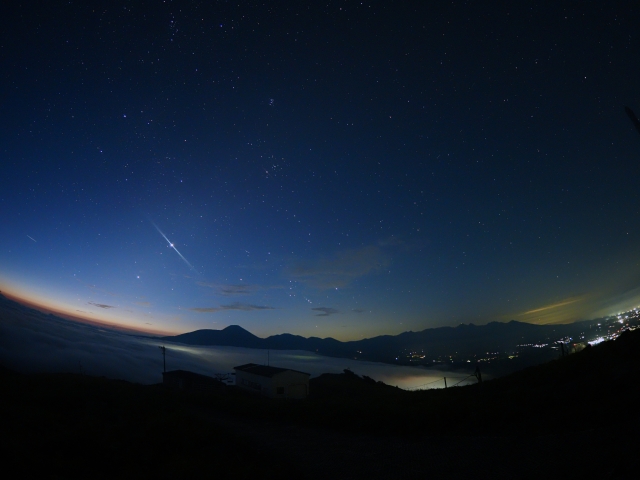
- Elevation: Approximately 1,500m
- Light pollution level: Extremely low (5 out of 5)
- Features: Night tours with accommodation plans available
- Recommended observation targets:
- Detailed Milky Way structure
- Globular clusters, distant galaxies (deep-sky objects)
- High-magnification planetary observation (Jupiter’s bands, Saturn’s rings)
- Late September Planetary Alignment II
- Camping car advantages:
- Participate in facility night tours
- Stay overnight in parking lots before/after, conduct your own late-night observations
- Rest immediately in the vehicle after observing (cold-weather countermeasures essential due to high elevation)
- Stable atmosphere ideal for long-exposure photography
- Ideal for: Serious astrophotography, high-magnification observation, comfortable family observation
⭐ Kaidakogen Highland (Kiso Town)

- Elevation: Highland (estimated over 1,000m)
- Light pollution level: Low (4 out of 5)
- Features: Sky darkness rating ★★★★☆, natural shielding structure surrounded by mountains
- Recommended observation targets:
- Spring galaxy clusters (Virgo Cluster, etc.)
- Faint nebulae (ideal for long-exposure photography)
- August Perseid meteor shower (ultimate darkness observation)
- Camping car advantages:
- Complete parking facilities, spacious grounds for flexible observation spot selection
- Surrounded by deep mountains, minimal distant light pollution
- Multi-day stays allow waiting for optimal conditions
- Ideal for: Astronomy enthusiasts, advanced photographers, ultimate darkness seekers
⭐ National Astronomical Observatory Nobeyama Area (Minamimaki Village)
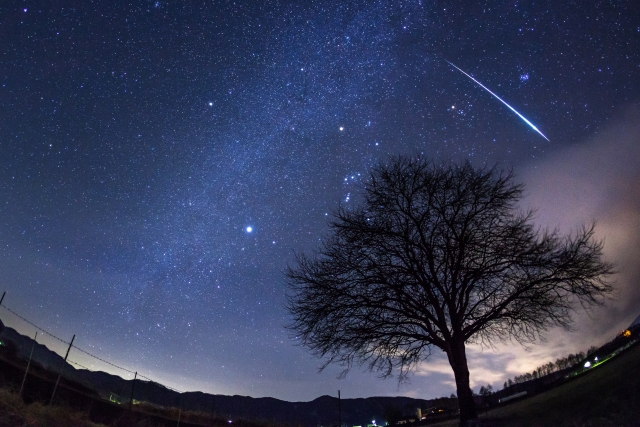
- Elevation: Highland (over 1,300m)
- Light pollution level: Extremely low
- Features: Professional radio astronomy observatory = exceptional conditions
- Recommended observation targets:
- All deep-space objects
- Comet observation and photography
- Milky Way photography (summer)
- Camping car advantages:
- Facility premises are restricted, but surrounding highland areas serve as bases
- Japan’s top-class dark skies
- Dry climate with high transparency
- Ideal for: Scientific observation enthusiasts, seekers of optimal conditions
3.2. Yamanashi Prefecture: Mt. Fuji and Starry Skies, Balanced Convenience
Yamanashi Prefecture offers balanced darkness and convenience at mid-elevations around 1,000m.
⭐ Mt. Fuji Area – Approximately 1,100m Elevation
- Elevation: Approximately 1,100m
- Light pollution level: Low to medium-low
- Features: Hotel stargazing programs available
- Recommended observation targets:
- Bright Messier objects (M42, M45, M31, etc.)
- Meteor showers (comfortable long-duration observation)
- Late September Planetary Alignment II (stable visibility)
- Late November Planetary Alignment III (best spot)
- Winter constellations (Orion, Taurus, etc.)
- Camping car advantages:
- Less extreme cold than Nagano, easier winter access
- Good access from Tokyo metropolitan area (2-3 hours)
- Hotel parking allows combination of observation and accommodation
- Can combine with Fuji Five Lakes and hot spring tourism
- Ideal for: Beginners, families, easy access from metropolitan area
Winter observation advantages: The Mt. Fuji area has high clear-sky rates in winter, making it ideal for January’s Quadrantid meteor shower and winter constellation observation.
3.3. Kanagawa Prefecture: Strategic Observation Sites Near Metropolitan Areas
While Kanagawa has strong light pollution, you can enjoy stargazing through a “light pollution shielding strategy” using geographical barriers.
⭐ Miura Peninsula – Jogashima Island (Miura City)
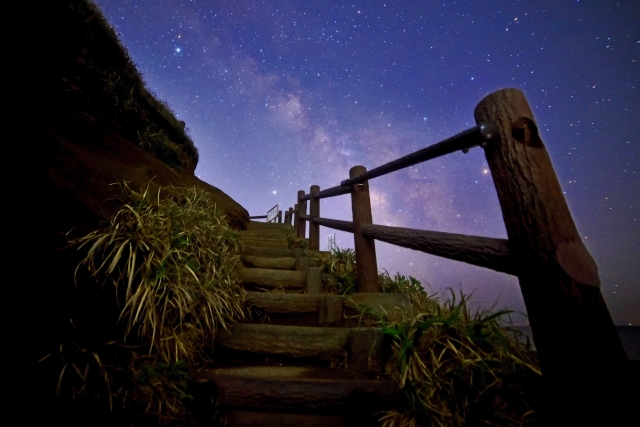
- Elevation: Few meters above sea level (coastal)
- Light pollution level: Minor in eastern direction only
- Features: One of the few places in the prefecture where the Milky Way is visible
- Recommended observation targets:
- Early August Planetary Alignment I (most important – best spot)
- Summer Milky Way center (Sagittarius region rising from the east)
- Perseid meteor shower (secured eastern visibility)
- Eastern sky planets and comets
- Camping car advantages:
- Greatest advantage: eastern side opens to the Pacific
- 2-hour access from Tokyo metropolitan area
- Can base at Miura Peninsula roadside stations (Misaki Port, etc.)
- Important note: Jogashima Park has vehicle entry restrictions after 7 PM (time management required)
- Ideal for: Easy access from metropolitan area, targeting low-altitude objects, enjoying combination of ocean and starry skies
⭐ Omote-Tanzawa Area (Hadano City)
- Elevation: Approximately 400m
- Light pollution level: Medium (better than metropolitan area)
- Features: Observation events at Omote-Tanzawa Outdoor Activity Center
- Recommended observation targets:
- Bright objects (moon, planets, first-magnitude stars)
- Beginner stargazing
- Staff-guided observation
- Camping car advantages:
- Participate in events with full-scale telescopes and guided commentary
- About 1 hour access from Tokyo metropolitan area
- Can combine with Tanzawa area campgrounds
- Ideal for: Introduction to stargazing, families with children, learning how to observe stars
3.4. Shizuoka Prefecture: Eastern Observatories and Western Unexplored Areas
Shizuoka Prefecture offers different attractions between the well-equipped eastern Izu Peninsula area and the dark western mountain regions.
⭐ Gekko Observatory (Izu)
- Elevation: Approximately 300m
- Light pollution level: Medium to low
- Features: Equipped with 50cm reflector telescope and planetarium
- Recommended observation targets:
- Detailed planetary and lunar observation at viewing parties
- ISS photography sessions (special events)
- Daytime Venus observation sessions (unique program)
- Camping car advantages:
- Excellent facilities with professional staff commentary
- Can enjoy planetarium even in bad weather
- Can combine with Izu Peninsula tourism
- Many hot spring areas to relieve post-observation fatigue
- Ideal for: Using serious equipment, event participation preference, combining with family travel
Western Shizuoka Mountain Areas (Northern Hamamatsu, Upper Oigawa)
- Elevation: Over 1,000m (estimated)
- Light pollution level: Low to extremely low
- Features: Unexplored but similar environment to Nagano Prefecture
- Recommended observation targets:
- Deep-sky objects
- Comet observation
- Photography seeking ultimate darkness
- Camping car advantages:
- Access is difficult but that guarantees darkness
- Same criteria as Nagano Prefecture (high elevation, low population density, mountain light pollution blocking)
- Suitable for exploratory observation
- Ideal for: Adventure lovers, advanced observers, preferring less crowded locations
3.5. Niigata Prefecture: Comprehensive Support from Regional Observatories
While Niigata Prefecture has harsh winter weather, organized facility operations provide stable observation opportunities.
⭐ Polar Star Kanbayashi, JORNE Observatory
- Elevation: Details unknown (flatland to low mountain)
- Light pollution level: Medium to low
- Features: Weekly observation sessions, detailed staff commentary
- Public hours:
- Regular: 7:00 PM – 9:00 PM
- Summer: 7:30 PM – 9:30 PM
- Recommended observation targets:
- Moon and planetary observation using facility telescopes
- Beginner stargazing commentary
- Regional astronomical event participation
- Camping car advantages:
- Ideal for educational observation
- Learn how to observe stars from staff commentary
- Can base at nearby roadside stations or RV parks
- Important: Sea of Japan side weather conditions mean frequent clouds in winter → May-October is best
- Ideal for: Learning how to observe stars, enjoying regional interaction, beginners
4. Seasonal Observation Guide: Year-Round Observation by Camping Car
Considering Koshinetsu area climate and altitude, here’s a summary of seasonal highlights and how to maximize camping car benefits.
🌌 Seasonal Stargazing Guide 2026 🚐
Winter (January-March)
- Highlights: Orion Nebula (M42), Pleiades (M45), Gemini, Taurus
- Observation points: Dry air provides high transparency. Winter constellations have many bright stars, making them easy to observe
- Essential camping car equipment: FF heater required. Warm up inside the vehicle while observing every few hours
- Recommended spots: Kurumayama Highland (Nagano), Mt. Fuji area (Yamanashi)
- Enjoyment tips: M42 is bright, so viewing detailed structures through facility telescopes is also interesting
Spring (March-May)
- Highlights: Virgo Cluster, Leo, Spring Arc
- Observation points: Galaxies are faint, requiring extremely dark locations
- Camping car advantages: Mobility to climb mountain roads for altitude is essential
- Recommended spots: Kaidakogen Highland (Nagano), Nobeyama area
- Enjoyment tips: Long-exposure photography captures countless galaxies
Summer (June-August)
- Highlights: Milky Way center (Sagittarius, Scorpius), Summer Triangle, diffuse nebulae (M8, M20)
- Observation points: August 2026 new moon period is the greatest opportunity
- Camping car advantages: Photograph and observe Milky Way center with southern sky visibility at Chiba’s southern tip or Kanagawa’s Jogashima. Flexibility to visit multiple locations is key
- Recommended spots:
- For ultimate darkness: Kaidakogen Highland (Nagano), Kurumayama Highland
- For low-altitude visibility: Jogashima (Kanagawa), Izu coastline (Shizuoka)
- Enjoyment tips: Transport heavy photography equipment, use vehicle interior as darkroom for serious photography
Fall (September-November)
- Highlights: Andromeda Galaxy (M31), Pegasus, Autumn Square
- Observation points: Andromeda Galaxy is large but faint, favoring dark locations
- Camping car advantages: Can combine with late September Planetary Alignment II
- Recommended spots: All of Nagano Prefecture, Mt. Fuji area (Yamanashi)
- Enjoyment tips: Combining facility and independent observation is effective
5. Safety and Precautions for Camping Car Stargazing
5.1. Top Recommendation for 2026
The top recommendation for 2026 in the Koshinetsu/Kanagawa area:
- Observe early August Planetary Alignment I at Jogashima, Kanagawa
- Observe August 13 Perseid meteor shower (lunar day 0) at Kaidakogen Highland or Kurumayama Highland, Nagano
- Photograph summer Milky Way center at 1,500m elevation in Nagano during the same new moon period
Combining these three will maximize your 2026 astronomical event experience.
Two Approaches Throughout the Year:
Combined with Facilities (Beginners/Education/Midwinter):
- Center around Shizuoka’s Gekko Observatory or Niigata’s regional observatories, utilizing commentary and large equipment
- Stay overnight at roadside stations or RV parks near facilities
- Can enjoy planetariums and observation sessions even in bad weather
Seeking Ultimate Darkness (Advanced/Photography Enthusiasts):
- Tour Nagano’s Kurumayama Highland, Kaidakogen Highland, and Nobeyama area, challenging near-zero light pollution skies
- Move flexibly between multiple locations based on weather and atmospheric conditions
- Use Yamanashi’s Mt. Fuji area as a midpoint, balancing access and darkness
5.2. Camping Car Observation Rules and Safety
Facility Usage Notes:
- Advance reservations recommended for Kurumayama Highland night tours and Gekko Observatory observation sessions
- Confirm overnight parking at facility parking lots in advance
- During peak times (like August’s Perseid meteor shower), secure multiple backup locations due to congestion
Rules to Follow:
- Respect nighttime entry regulations for national parks and nature conservation areas
- Don’t enter private property without permission
- Verify campground and public facility nighttime usage regulations in advance
- Be aware of time restrictions like Jogashima Park’s vehicle restrictions after 7 PM
- Roadside station extended parking manners (toilet usage, trash disposal, no engine idling)
Safety Management:
- Use red lights: Essential to not disturb other observers’ dark adaptation
- Cold-weather countermeasures: Nagano at 1,500m feels like -10°C or below in winter. Thoroughly layer clothing, wear insulated boots, and use heat packs
- Prepare for sudden mountain weather changes: Secure cold-weather gear, food/water reserves, and emergency contact means
- Night driving risks: Drive carefully on mountain roads at night. Take naps when tired
- Wildlife awareness: Possible encounters with bears and wild boars in mountain areas
- Vehicle maintenance checks: Especially verify heating and cold-weather specification batteries for winter
Camping Car-Specific Precautions:
- Verify observation site road conditions: Be aware of vehicle height/width restrictions on mountain gravel and unpaved roads
- Sloped parking: Use wheel chocks for safety assurance
- Sub-battery capacity management: Prevent battery depletion during extended FF heater usage
- 4WD and studded tires: Essential for winter highland areas in Nagano and Yamanashi
✨ Koshinetsu Camping Car Stargazing FAQ
Summary
Stargazing in the five Koshinetsu/Kanagawa prefectures in 2026 requires strategic use of altitude darkness and coastal open visibility, leveraging camping car mobility and comfort as the key to success.
- For ultimate darkness: Nagano Prefecture (Kurumayama Highland, Kaidakogen Highland, Nobeyama area)
- For balanced approach: Yamanashi Prefecture (Mt. Fuji area)
- For low-altitude planets: Kanagawa Prefecture (Jogashima)
- For comprehensive facilities: Shizuoka Prefecture (Gekko Observatory), Niigata Prefecture (regional observatories)
Safety first, and enjoy the magnificent views of the universe!
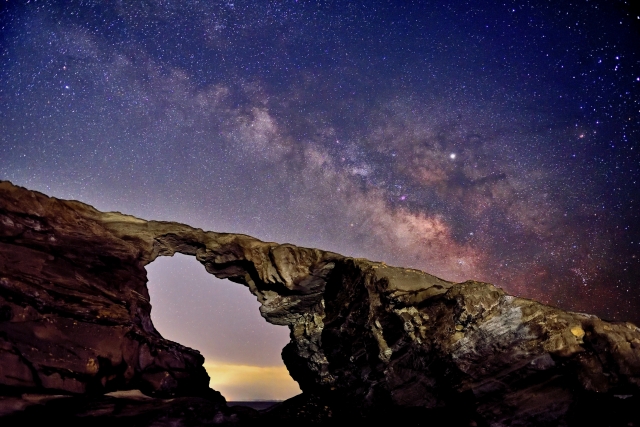
※Observation site operating hours and parking information may change. Please verify the latest information before visiting.
